During the first two years of the CLIMAAX project, the development of the climate risk assessment (CRA) framework and toolbox is supported by five pilots. These pilots have been chosen to be as diverse as possible in terms of geographical location within Europe, climate profile, and the size of the region to be assessed. The pilot regions are Latvia, Catalonia (Spain), Žilina (Slovakia), Setúbal (Portugal), and Finland (focusing on North Karelia and Southwest Finland).
In order to better contextualise the climate risks in each of the pilot regions, CLIMAAX organised so-called on-site visits with each pilot. The first on-site visit was organised already in April 2023 in Žilina while Latvia, Finland, and Catalonia were held in September 2023, and the Setúbal workshop was organised in connection with the CLIMAAX general assembly in February 2024.
On site, CLIMAAX partners met with the local partner organisations and stakeholders to discuss the most pressing climate risks of the region. In these meetings, partners also discussed how to best assess the climate risks in question as well as data needs and availability.
During several visits, the CLIMAAX partners were also shown locations where the impacts of recent climate hazards. This further helped to understand the urgency of the problems, but also the complexity of the impacts of climate hazards at the local level.
All the requirements and possibilities explored during the on-site visits were considered during the development of the CLIMAAX handbook. In order to ensure the best possible end product, the pilots are also constantly involved in reviewing and commenting the CLIMAAX handbook during its development.
With the help of the beneficiaries of the cascading funds, we hope to further perfect the CLIMAAX handbook and increase the amount of available content. Thanks to the collaboration with the pilots, we have gained a lot of experience on how to communicate with the users and thus are in a good position to make this hope come true (by Thomas Kühn, FMI).


